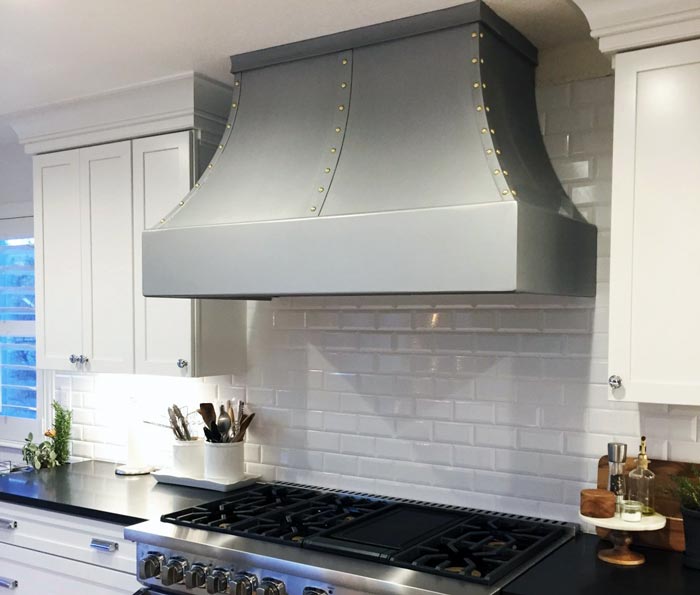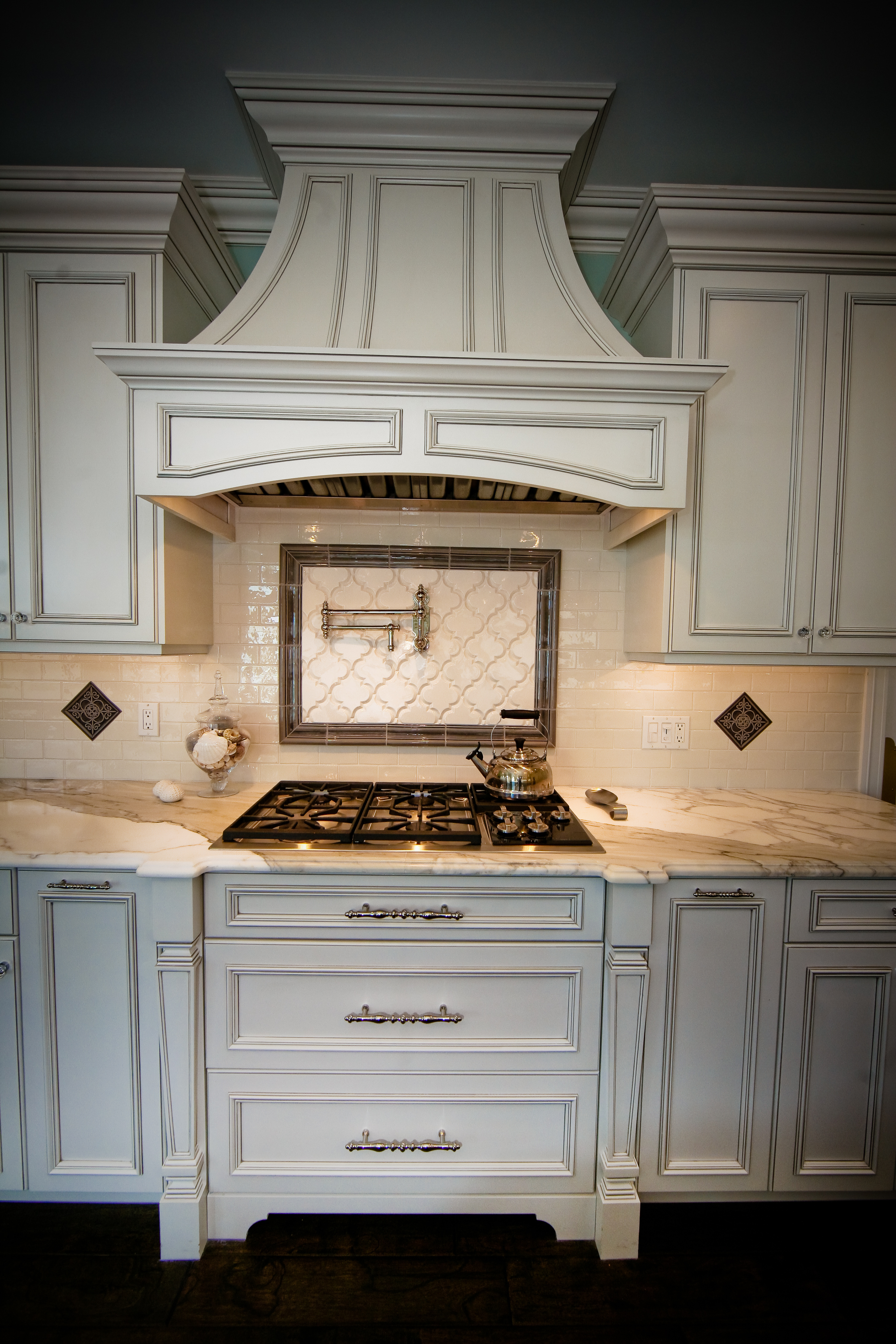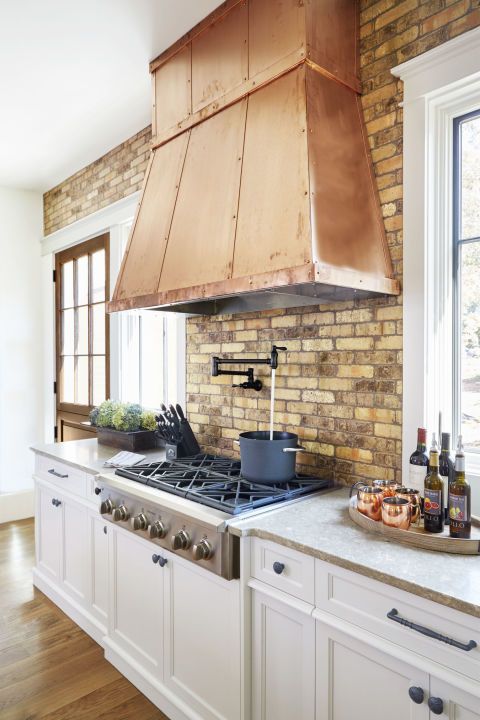When it comes to designing a kitchen, one can easily overlook the importance of a decorative stove top hood. However, this essential kitchen feature serves both aesthetic and practical purposes. As someone who has navigated the challenges of kitchen renovations, I can attest to how a well-chosen hood can transform the look and feel of your cooking space. In this comprehensive guide, we will delve into everything you need to know about decorative stove top hoods—from types and benefits to installation and maintenance—ensuring your kitchen becomes the culinary haven you desire.
What is a Decorative Stove Top Hood?
A decorative stove top hood is a ventilation system mounted above the stove, designed to remove smoke, odor, and heat from the kitchen while adding an element of style. These hoods come in various designs, materials, and sizes, matching every kitchen decor from modern and minimalist to rustic and traditional.
Why You Need a Decorative Stove Top Hood
Having a decorative stove top hood is more than just a stylish addition; it’s vital for a healthier and more comfortable cooking environment. Here are some key reasons:
- Improved Air Quality: Removes smoke, steam, and cooking odors, contributing to a healthier kitchen atmosphere.
- Style and Design: Enhances the aesthetic appeal of your kitchen space.
- Increased Home Value: Adds a touch of sophistication, potentially increasing your home’s market value.
- Better Cooking Experience: Creates a more pleasant cooking environment by regulating heat and air.
Types of Decorative Stove Top Hoods
Choosing the right decorative stove top hood can be overwhelming due to the plethora of options available. Below, we’ll explore the main types of hoods and their corresponding features.
1. Wall-Mounted Hoods
Wall-mounted hoods are one of the most common styles. They are attached directly to the wall above your stove and can serve as a focal point in your kitchen.
Pros:
- Available in various sizes and designs.
- Effective for kitchens with a range or cooktop against a wall.
Cons:
- Installation can be complex if not pre-vented for this style.
- May require ductwork to the exterior.
2. Island Hoods
Perfect for kitchens with a central island cooktop, island hoods hang from the ceiling and provide 360-degree ventilation.
Pros:
- Enhances the overall design of an open kitchen layout.
- Offers better air circulation in large spaces.
Cons:
- Installation can be challenging and may require professional help.
- Higher cost due to more complex ductwork.

3. Under-Cabinet Hoods
These hoods are installed beneath cabinets above the stove and are a space-saving option that doesn’t compromise on function.
Pros:
- Compact and unobtrusive design.
- Ideal for smaller kitchens.
Cons:
- May not be as powerful as higher-end hoods.
- Limited design options compared to other types.
4. Downdraft Hoods
Downdraft hoods are integrated into the cooktop or countertop. They rise when in use and retract when not, making them a discreet option.
Pros:
- Great for minimalistic or modern kitchen designs.
- Efficient for open floor plans.
Cons:
- Less effective than traditional hoods for removing heat and odors.
- More expensive and may require custom installation.

Key Features to Consider
Before purchasing a decorative stove top hood, consider the following features to ensure you select the best one for your kitchen:
1. Size and Fit
Ensure your hood is the right size for your stove. A good rule of thumb is that the hood should be at least as wide as your cooktop.

2. Ventilation Type
There are two primary types of ventilation: ducted and ductless. Ducted systems vent air outside, while ductless systems use filters to circulate air back into the kitchen.
Comparison Table: Ducted vs. Ductless
| Feature | Ducted Ventilation | Ductless Ventilation |
|---|---|---|
| Air Quality | Excellent | Good, but less effective |
| Installation Complexity | High | Low |
| Cost | Generally higher | Generally lower |
3. Noise Level
Check the sones rating; lower sones mean quieter operation. A noise level of 1-4 sones is ideal for comfortable kitchen use.

4. Style and Material
Choose a design that complements your kitchen decor. Materials can vary from stainless steel and copper to glass and wood.
How to Install Your Decorative Stove Top Hood
Installing a decorative stove top hood can be a straightforward process if you follow the right steps. Here’s a simplified guide:

Step-by-Step Installation Guide
- Gather all necessary tools and materials.
- Shut off power to the kitchen for safety.
- Measure and mark where the hood will be installed.
- Install the mounting bracket and secure it to the wall.
- Connect the ductwork and electrical wiring as needed.
- Mount the hood onto the bracket and secure it.
- Test the hood for proper operation before finishing up.
Maintenance Tips for Decorative Stove Top Hoods
To keep your decorative stove top hood functioning effectively and looking great, follow these maintenance tips:
- Regular Cleaning: Clean the exterior and filters every few months to prevent grease buildup.
- Check Filters: Replace or clean filters regularly, especially if you have a ductless hood.
- Inspect Ducts: Ensure ducts are clear and unobstructed to maintain airflow.

FAQs about Decorative Stove Top Hoods
1. What is the best material for a decorative stove top hood?
Stainless steel is the most popular choice due to its durability and ease of cleaning. However, wood and copper options can add a unique touch to your kitchen.
2. How do I choose the right size hood for my stove?
The hood should be at least the same width as your cooktop. For optimal performance, it should extend 3 inches beyond each side of the stove.
3. Are decorative stove top hoods noisy?
Noise levels vary by model. Look for hoods with lower sones for quieter operation, typically under 4 sones.
4. Can I install a decorative stove top hood myself?
If you have basic DIY skills and tools, you can install a hood yourself. However, complex installations should be left to professionals.
Conclusion
Decorative stove top hoods are more than just a pretty face; they are functional pieces that enhance your cooking experience while contributing to the overall aesthetics of your kitchen. Whether you prefer a wall-mounted, island, under-cabinet, or downdraft hood, choosing the right design, size, and features will ensure your kitchen remains a welcoming space for culinary pursuits. I hope this guide has provided you with the information you need to make an informed decision. Happy cooking and designing!